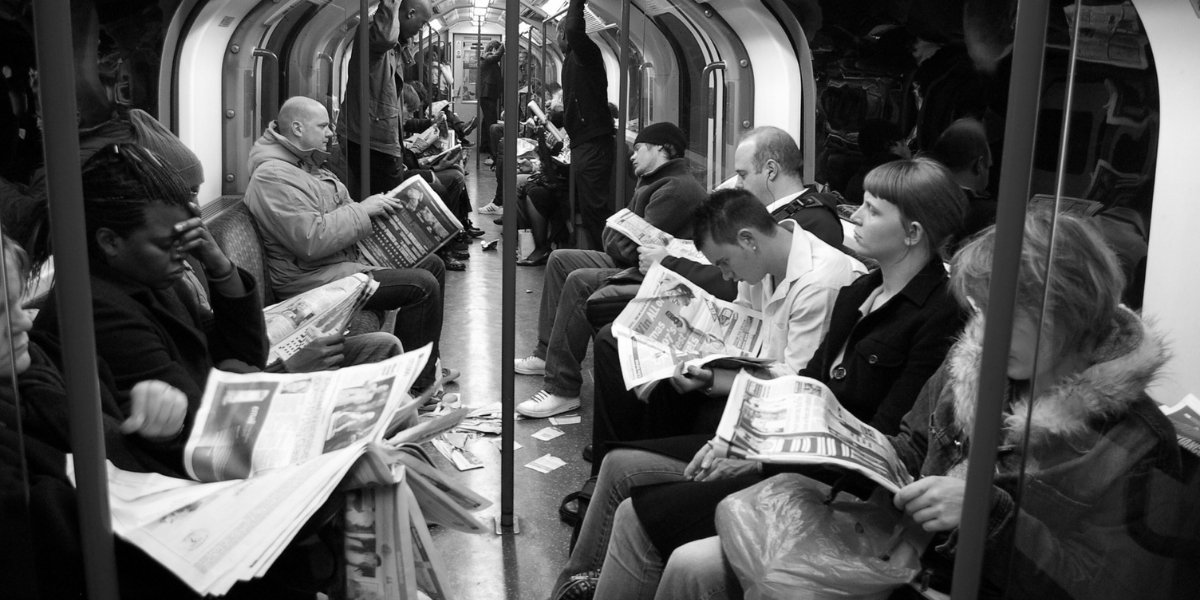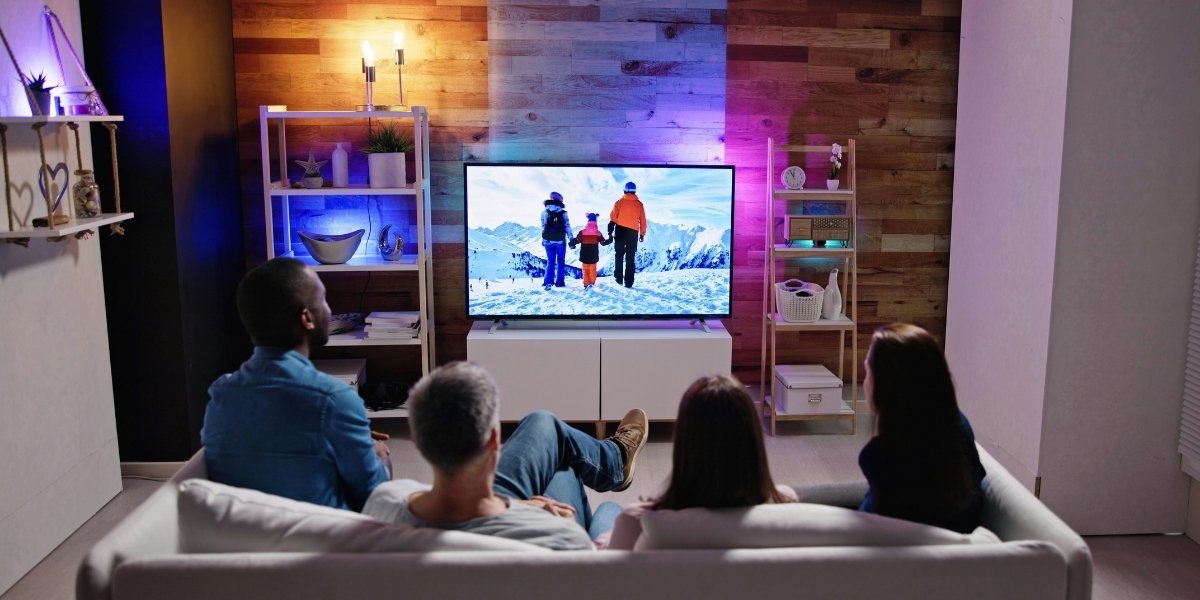Attending a film festival can be an exciting but overwhelming experience, especially for first-timers. With so many screenings, events, and people to meet, it’s easy to miss out on opportunities or burn out too quickly. A well-planned approach helps visitors make the most of their time while keeping the experience enjoyable and stress-free. Whether the goal is discovering groundbreaking cinema, networking with industry professionals, or simply enjoying a curated selection of films, a few smart strategies can significantly enhance the festival experience.
Planning ahead is essential but shouldn’t become restrictive. Researching the festival lineup in advance allows attendees to highlight must-see films while leaving room for spontaneous discoveries. Many festivals release their schedules weeks ahead, giving visitors time to note screening times and locations. Creating a rough schedule prevents last-minute rushing between venues, but rigidly sticking to it might mean missing unexpected gems or valuable conversations. The best approach balances preparation with flexibility—knowing which screenings are non-negotiable while staying open to recommendations from fellow attendees.
Understanding the festival layout saves time and reduces stress. Large festivals often use multiple venues spread across a city, so familiarizing oneself with locations, transportation options, and approximate travel times between screenings prevents unnecessary delays. Some festivals offer shuttle services between major venues, while others require public transport or walking. Checking these logistics beforehand ensures more time is spent enjoying films rather than navigating unfamiliar streets. Venues often have varying atmospheres too—some may be grand historic theaters while others are intimate screening rooms—and being aware of these differences helps set expectations.
Ticket strategies can make or break a festival experience. Many events sell out quickly, especially for high-profile premieres, so understanding the ticketing system is crucial. Some festivals offer passes for unlimited access, while others require individual tickets for each screening. Passholders often get priority entry, but even they may need to queue early for popular films. For those buying single tickets, having backup choices is wise in case first options sell out. Arriving early to screenings not only secures better seats but also provides opportunities to chat with fellow film enthusiasts—sometimes the conversations during these waits lead to the most memorable recommendations.
Film festivals offer more than just screenings—they’re hubs for industry events and casual networking. Panels, Q&A sessions, and workshops provide insights into filmmaking processes and current industry trends. Even informal gatherings at festival cafes or partner lounges can lead to interesting exchanges. Bringing business cards or having a quick way to share contact information helps when meeting filmmakers or fellow attendees, but forced networking usually falls flat. Genuine conversations about shared film experiences create more meaningful connections than aggressive self-promotion.
Managing energy levels throughout the festival prevents burnout. Marathon viewing sessions can be exhilarating but also exhausting. Scheduling breaks between screenings allows time to process films, grab meals, or simply rest. Staying hydrated and carrying snacks helps maintain stamina during long days. Some festivals have designated relaxation areas—using these can provide necessary pauses in packed schedules. Remembering that it’s impossible to see everything relieves pressure and makes the experience more enjoyable. Choosing quality over quantity often leads to richer memories than trying to cram in as many films as physically possible.
Engaging with the films beyond passive viewing enhances appreciation. Many festivals host post-screening discussions with directors, cast members, or subject experts. These sessions offer unique perspectives on what was just seen and often reveal fascinating behind-the-scenes details. Even when formal Q&As aren’t available, chatting with other audience members about reactions and interpretations can deepen understanding. Keeping a small notebook or using a phone app to jot down thoughts about each film helps retain impressions that might blur together after multiple viewings.
Dressing appropriately combines comfort with practicality. Festival days often involve considerable walking, standing in lines, and sitting for extended periods, so comfortable shoes are essential. Layered clothing accommodates varying temperatures between outdoor queues and air-conditioned theaters. Some premieres or galas might have dress codes, but most festival screenings are casual. A small backpack or crossbody bag can carry essentials like water, snacks, a portable charger, and festival materials without being cumbersome.
Exploring beyond the official program can uncover special experiences. Many festivals have partner exhibitions, pop-up installations, or satellite events that aren’t heavily advertised but offer unique perspectives on cinema. Local businesses near festival venues sometimes host related events or special offers for attendees. Checking community boards or festival apps for these unofficial additions can lead to wonderful surprises that enrich the overall experience.
Budgeting wisely prevents financial stress from overshadowing the enjoyment. Beyond ticket costs, expenses like meals, transportation, and impulse purchases can add up quickly. Researching affordable dining options near venues helps avoid overpriced festival-area restaurants. Some festivals offer discounted meal vouchers or partner with local eateries for special deals. Setting a daily spending limit keeps finances in check while still allowing for occasional treats or unexpected opportunities.
Capturing memories doesn’t have to mean constant photography. While snapping pictures of famous attendees or red carpet moments might be tempting, being present often creates stronger memories than viewing everything through a phone screen. Many festivals have professional photographers documenting events, and these images are usually shared afterward. Instead of trying to personally document everything, selecting a few meaningful moments to photograph allows for more immersive experiences.
For those interested in the business side of filmmaking, festivals provide unparalleled learning opportunities. Observing industry interactions, distribution deals, and audience reactions offers real-world education about how films find their markets. Even casual conversations in lines or lobbies can reveal insights about production challenges, funding strategies, or emerging trends that aren’t covered in formal settings.
After the festival ends, following up on connections and reflecting on the experience extends its value. Sending brief thank-you messages to interesting people met during the event helps solidify connections. Organizing notes about films seen and impressions formed creates a personal reference for future viewing choices. Many festival films eventually get wider releases, and these notes help recall which ones are worth revisiting or recommending to friends.
Film festivals ultimately offer what no streaming platform can match—the collective energy of audiences discovering stories together, the immediacy of creator interactions, and the serendipitous moments that happen only in shared physical spaces. By balancing preparation with spontaneity, engagement with rest, and individual goals with openness to the unexpected, attendees can create festival experiences that resonate long after the final credits roll. The most successful festival visits aren’t about checking off the most films or collecting the most business cards, but about immersing in the unique atmosphere where cinema comes alive beyond the screen.
Read also: Understanding Social Media Platforms










